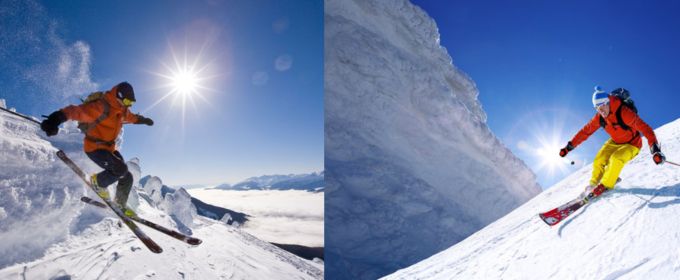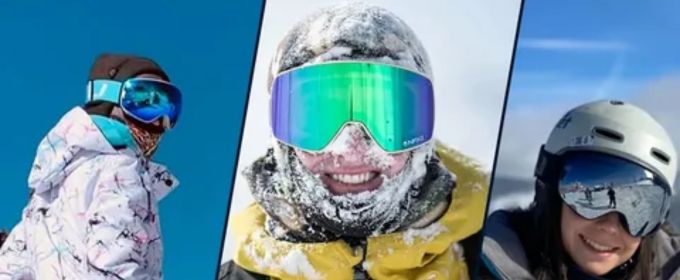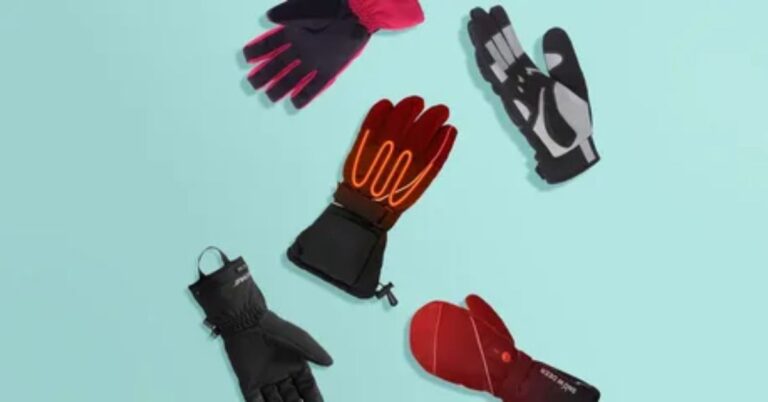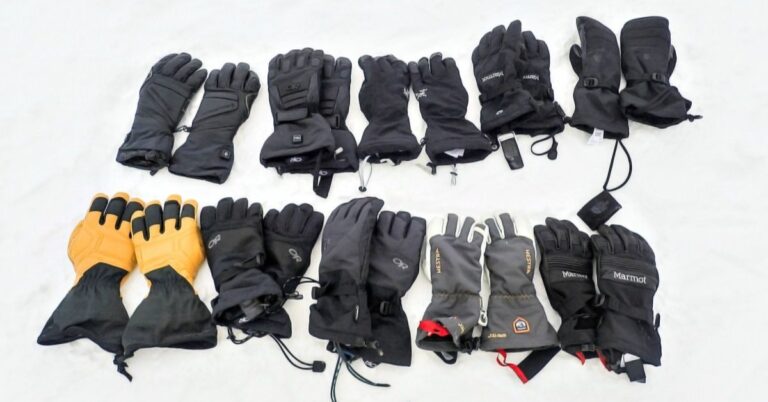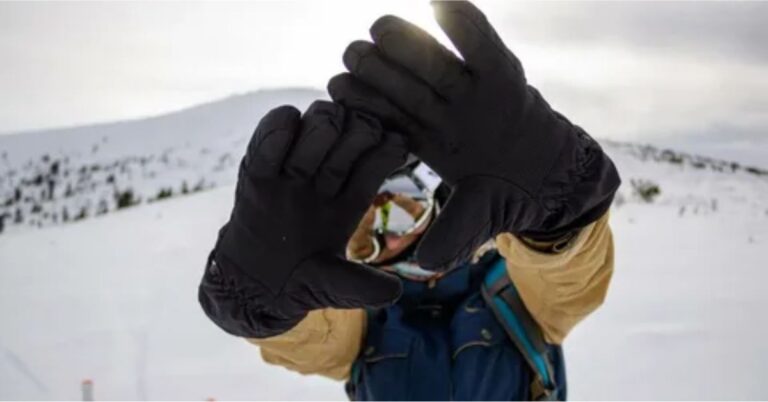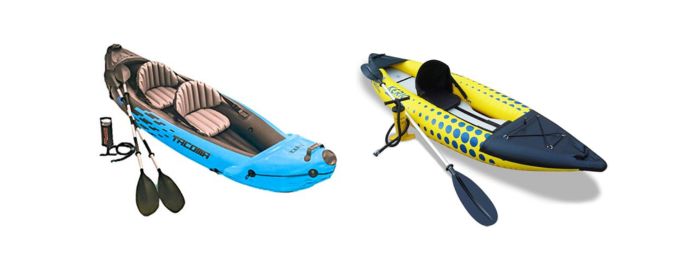How Much Does it Cost to Ski or Snowboard? Complete Cost Breakdown
As winter covers the mountains in white, many people head to the slopes to enjoy the snow. But before you put on your boots and jump into the snow, have you thought about How Much Does it Cost to Ski or Snowboard? Expenses like lift tickets, gear rentals, and après-ski activities can add up quickly.
In this guide, we will break down the costs of skiing and snowboarding, from buying or renting gear to unexpected expenses that might surprise beginners. Whether you are an experienced skier looking to save money or a new snowboarder ready for your first run, knowing these costs is important for planning a fun winter trip without overspending. Let’s explore the costs of skiing and snowboarding!
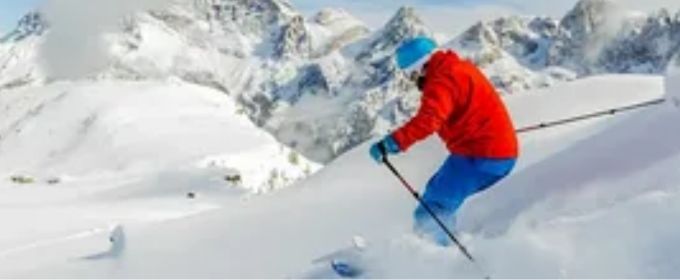
How Much Does it Cost to Ski or Snowboard
When looking at the cost of skiing or snowboarding, it’s important to consider all the expenses, not just lift tickets. Daily passes at popular resorts can cost between $50 and over $200, depending on the location and season. Many ski areas offer multi-day packages that can save you money.
How much does it cost to snowboard
Renting gear is another cost to think about; a full setup can cost between $40 and $100 per day. Don’t forget other expenses like accommodation and food in ski towns. Choosing smaller nearby resorts can lower your costs and provide a less crowded, more enjoyable experience on the slopes, making every moment on the mountain feel special against beautiful scenery.
How much does it cost to ski for a day
Skiing for a day can cost a lot depending on where you go, when you go, and what you like. If you want to save money, many resorts sell cheaper lift tickets if you buy them early or on less busy days. Some mountains even lower prices during the week when fewer people ski. This way, smart skiers can enjoy popular slopes at lower prices.
Besides lift tickets, costs can add up quickly with equipment rentals and food. Renting ski gear can cost between $30 and over $100 a day, depending on the brand and resort. Many resorts offer package deals that include gear rental and lift tickets, which is a good option for occasional skiers.
While fancy meals might tempt you while skiing, bringing your own lunch or eating at local places away from tourist spots can help you save money and give you a real taste of the area. Knowing what matters most to you, whether it’s dining on the slopes or spending more time skiing, can help you have a fun and affordable ski trip.
- Ski Rental equipment and helmet – $50 + $12 = $62
- Daily Lift Ticket – $80
- Clothing rental – $50
- Food – $20
- Total – $212/day
How much does it cost to go snowboarding
The cost of snowboarding can change a lot based on whether you are a beginner or an experienced rider. First, buying good gear is important for both performance and safety. A decent snowboard costs between $300 and $700, while boots usually range from $150 to $400. Don’t forget about safety gear! A good helmet costs about $50 to $200, and goggles typically range from $30 to $200.
Daily passes can cost anywhere from $50 to over $180, depending on the resort and the season. If you plan to snowboard often, a seasonal pass can save you money, usually costing between $400 and over $1,000 for unlimited access all winter.
How much is it to buy skis
When considering the cost of buying skis, one must navigate a diverse landscape that ranges from budget-friendly options to high-performance models. Entry-level sets typically start around $300 to $500, making them accessible for novices eager to hit the slopes without breaking the bank.
Ski equipment
Investing in good ski gear can make your time on the slopes much better. Modern skis and snowboards use technology to improve your ride. Some high-performance models have smart sensors that analyze your technique and provide instant feedback to help you improve. This mix of technology and performance is changing how skiers learn and develop their skills. Eco-friendly gear is also influencing what people buy.
Brands are using sustainable materials for skis and poles, like recycled composites instead of regular plastics or wood. This shift helps the environment and appeals to consumers who want their outdoor activities to reflect their values.
- skis, boots, and poles – $47 to $68
- rent a ski helmet – $12/day
- ski helmet – $75
- ski equipment – $600 and $1300
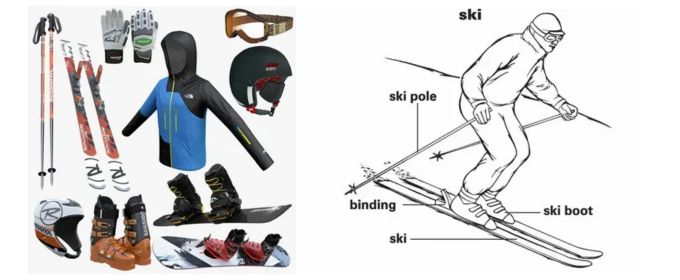
Ski clothing
When you think about skiing, it’s easy to imagine thrilling runs and fun after-ski activities. But don’t forget how important good ski clothing is for your experience. Proper gear can cost of skis between $30 and $100 a day,
It’s important to invest wisely. The right layers can keep you comfortable, help you move better, and even improve your performance by controlling your body temperature, whether you’re tackling a tough slope or enjoying a gentle ride through fresh snow. Ski wear today is not just about function; modern designs combine technical features with style.
- Goggles – $25 – $100
- Ski jackets – $80 – $150
- Ski pants – $30 – $100
- Base layers – $30 – $80
- Ski socks – $20 – $40
- Ski sweater – $20 – $100
- Total – $205 – $570
lift tickets/season pass
When it comes to the slopes, savvy skiers and snowboarders know that investing in a lift ticket season pass can dramatically enhance their experience while saving a significant amount of money. For those planning to visit more than just a couple of times during the winter months, purchasing a multi-day ticket can lead to savings of 25% to 40% compared to single-day passes.
These bundles not only provide financial benefits but also create an opportunity for guests to fully immerse themselves in the mountain lifestyle, encouraging extended time on virtually endless terrains.
Food and drink
Eating and drinking on the slopes can greatly affect your skiing budget, but many people forget to include these costs. A simple meal at a mountain restaurant usually costs between $15 and $25, and cozy cafes often charge even more for their special winter vibe. To save money while enjoying local food, pack non-perishable snacks like nuts or energy bars. These can help curb mid-morning hunger without costing much.
Beverages can also be surprisingly expensive. A hot chocolate or après-ski beer can cost $8 to $12 at resort bars, which adds up quickly. To save money, many smart skiers shop at affordable grocery stores near ski resorts before hitting the slopes. Preparing some meals and bringing a thermos with homemade drinks can keep you fed and warm without spending too much. This way, you can enjoy skiing while keeping your budget in check!

Parking
When planning a ski trip, don’t forget about parking costs. These fees can add up, especially at popular resorts, where they can range from $10 to $50 per day. To save money, look for places to stay that offer free parking or shuttle services to the slopes. Many nearby towns have affordable lodging with free transport, making it easier to enjoy post-ski outings without worrying about parking fees.
Consider the benefits of arriving early. Some resorts offer discounts or free parking for those who carpool. By sharing rides with friends, you can lower costs and enjoy more time together on the slopes.
Don’t overlook other transportation options! Some areas have train services or ride-share options for skiers, which can save you time and money. Each smart choice about parking can help you save money and improve your skiing experience.
Read Also: The Best Inflatable Kayaks Under $500 Of 2024 Helpful Guide
Frequently Asked Questions
How much do skis cost
The average cost of a pair of skis typically ranges from $300 to $800, depending on the brand, materials, and technology.
How much does it cost to buy a snowboard
The average price range for a snowboard typically falls between $300 and $600, depending on the brand and features.
Is skiing an expensive hobby?
Yes, initial costs can be high due to equipment purchases and lift tickets.
